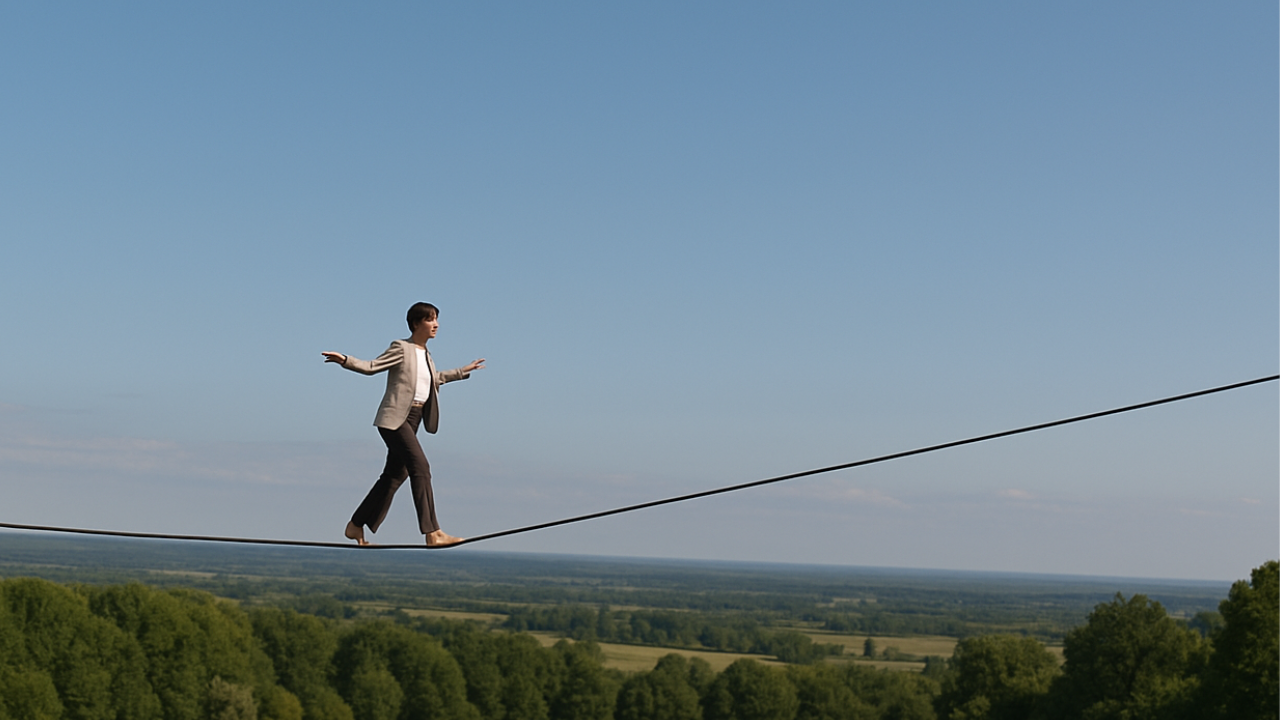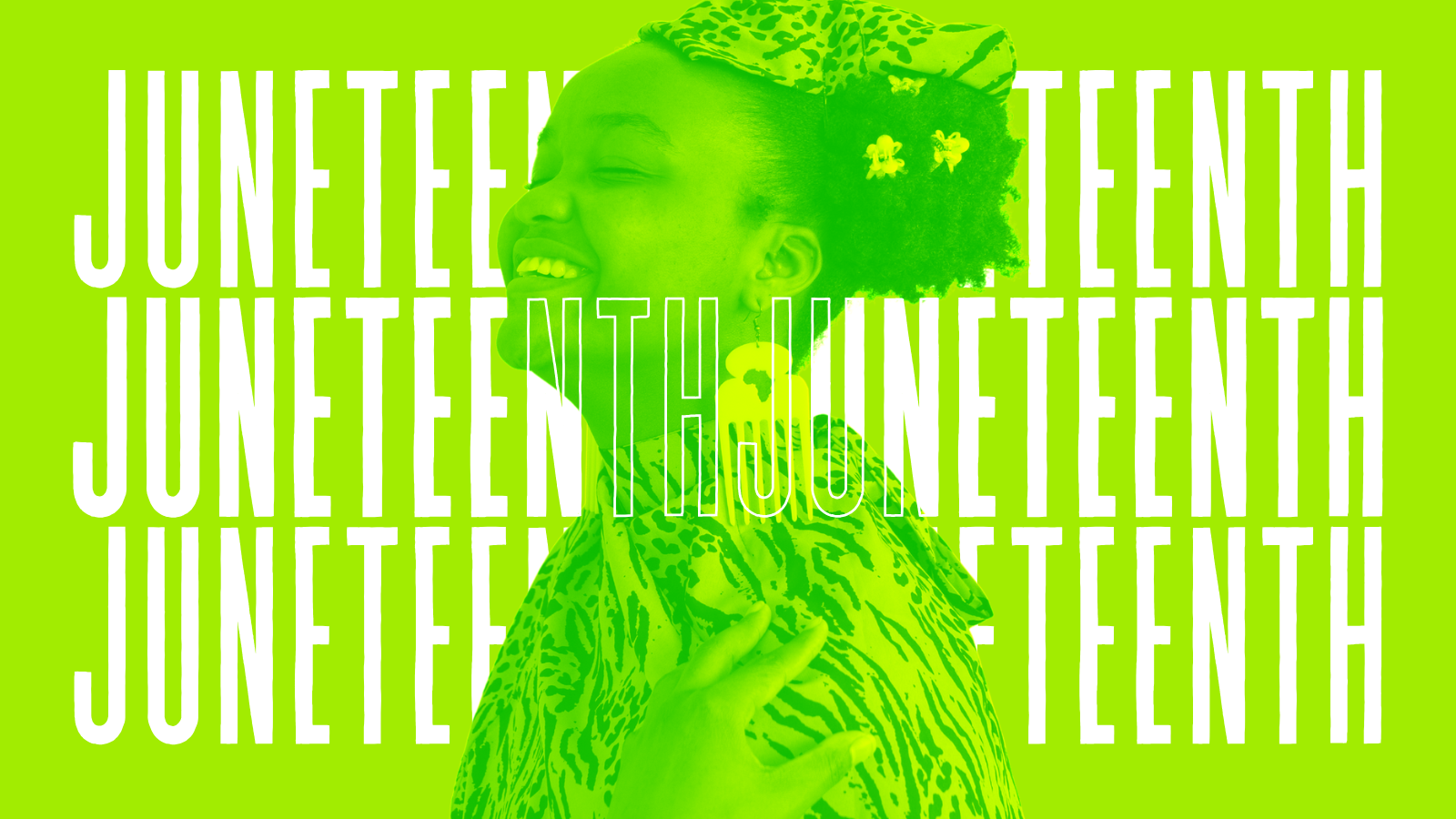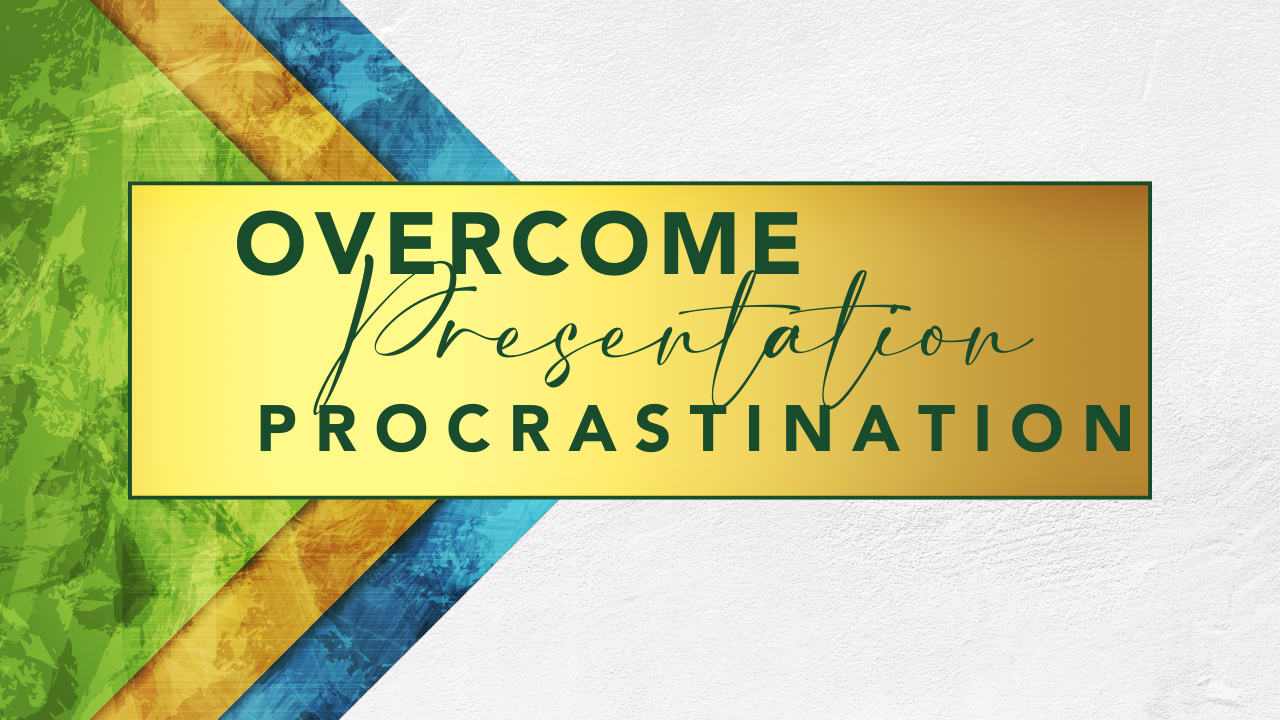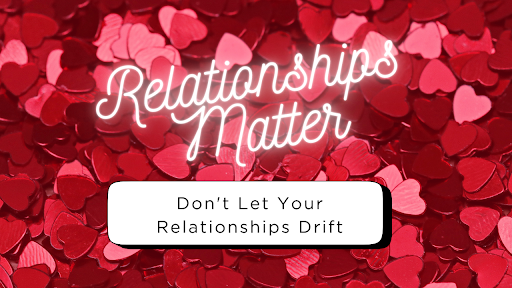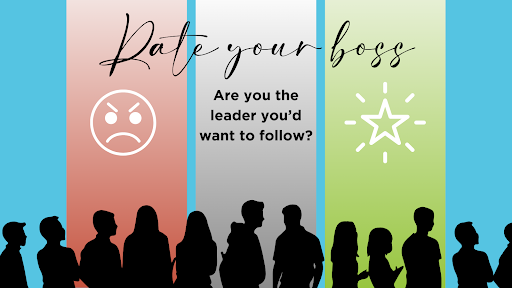In April 2018 my husband and I launched an Airbnb house. As a first time Airbnb host, we quickly figured out what it took to create a positive experience for our guests. Thus far, we have had 58 bookings, with guests visiting our town from all over the United States, Europe and as far away as China.
It has been a very positive experience for us. Of course, there were a few guests who we wished had booked at a different place. For example, we had one family whose infant was allowed to urinate on our sofa, and the parents flipped over the cushion hoping we wouldn’t notice. Or that same guest who shaved his red beard in our sink, leaving the hair clippings all over the bathroom. Or the guest who toweled off her hair which she had dyed bright blue and purple, leaving permanent stains on our plush white bath towels. Or the guest who chipped our enamel bathtub and then claimed it was like that when they arrived. I’m not complaining (or am I?). This is just part of the experience in hospitality. It makes me think more carefully about how I leave the room when I check out of a hotel. But I’m still bothered by the lack of consideration, accountability, and the damage that some people cause without taking personal responsibility.
But then my husband reminds me, “Anything can be repaired.” And he really believes it. Byron is gifted with do-it-yourself, handy man genes. He is incredibly useful and has saved us unbelievable amounts of money on home repair jobs.
Attitude is Everything
What a wonderful attitude and empowering belief that you believe you could repair or fix just about anything. It opens up so many possibilities. The results of approaching life like this might include reduction in landfill (e.g., broken consumer goods that no one takes the time to repair; just dump it and replace it). Parents would be modeling and teaching their children valuable life skills like do-it-yourself home repair. You could save money with this attitude. And you would have a lifetime of cool projects on your personal honey-do-list or project list.
I appreciate that not everyone has the do-it-yourself skill or interest. And yes, power tools can be intimidating to use (note: my friends at Stanley Black & Decker can help you overcome that fear). But what about other things that need fixing and repairing, like damaged relationships, and shredded self-esteem? Once damaged, can these things be repaired, or are they destined to be thrown out with the trash?
Which Got Me Wondering…
When I hear others or myself use words like “anything” or “everyone” or “always” or even “never” in a declarative statement, I am immediately suspicious. There are always exceptions to that rule. (I just noticed I used the word “always” in that last sentence. Hmmm…) So I wondered how one might go about repairing any of these situations:
- Strained family relationships
- Negative first impressions
- Betrayal and broken trust of a close friend or loved one
- Backstabbing by a colleague
- Injustice
- Lawsuits
- Bullying by school mates
- Rape, sexual assault or harassment by a person in power (#MeToo movement)
- Domestic violence
- Ugly divorce
- Kids who won’t talk to you or blame you for everything that’s gone wrong in their lives
- Damaged professional reputation
- Being fired from your job for cause or for no reason
- Being incarcerated
Okay, I’m getting pretty dark here. But these are real situations that many of us have had to face in our lifetimes. Recovering from these situations–repairing ourselves, if you will–can take years.
So what can we do, as individuals, to repair ourselves when we are damaged?
We Can Emerge
I’m blessed to know and work with an inspiring and talented leader, speaker and author, Maureen Ross Gemme. Just being in her presence for thirty minutes is enough to brighten my day. Maureen and I have traveled together, co-facilitating training courses with corporate clients on important topics such as communication efficiency, and building productive relationships. On those business trips she confidently shared aspects of her life, including her personal story of addiction recovery. She has just released a new book called Emerge: 7 Steps to transformation (no matter what life throws at you), published by Flower of Life Press.
In this powerful little book, Maureen points out the simple truth that we are not tied to our pasts and that we can change our beliefs to better support the life we want to live. “A belief,” she says, “is simply a thought that you think over and over again. It can be changed.”
In the book is a compelling story of two brothers, Tony and Carl, who endured a hellish upbringing by an abusive father. Guess how their lives turned out? I won’t spoil the surprise (you’ll have to buy and read the book for that), but the story demonstrates an important principle of living: “In this life, you get to choose. You alone are responsible for your choices.”
Let Go of Resentments
Holding a grudge is one of the most damaging things we can do to ourselves. It forces us to stay in a negative space, replaying the original injury or insult over and over again, causing more and more damage to the psyche. I believe that hanging on to resentment has long term, cumulative, negative impact.
Often times the people who have hurt us have already moved on with their lives, forgetting the incident altogether. Meanwhile we are stewing over it for days, weeks, years. So how do we repair that situation? We let it go. We forget and forgive. And this simple act of letting go, allows us to release the grip it has over us. We can breathe again. We are lighter, less stressed, more open and free. Letting go indeed has many physical, mental, emotional and spiritual benefits. And it is all in our control. We can repair ourselves in this way.
The Power of Forgiveness
I just got off the phone with Maureen to better understand her take on how forgiveness works. She reminded me that “forgiveness is a gift that you give yourself.”
I shared details with Maureen about my difficult parenting experience and the heart-breaking disruption of our twin sons who we adopted from the foster care system when they were nine years old. Some of you know this story–how our family was torn apart by a set of circumstances that no one could control. They were the most difficult years of my life–even more difficult than going through ovarian cancer. I remember searching for peace and forgiveness. I wanted to know the strategy and steps behind forgiveness. How did it work exactly? I kept asking people, “How do you do forgiveness? What’s the magic formula?” Forgiveness seemed elusive to me at that desperate time in my life, when I was so full of fear, sadness, anger and resentment.
At one magical moment, one of our twins dropped by our house, after not speaking to us for four years. He told us he had joined the military and was being deployed overseas. We invited him in for coffee and conversation. It was the most amazing experience. A moment of grace and closure. I was able to tell him that I was sorry that I hadn’t been the mother and person he needed me to be at that time in his life; I was sorry our family had broken apart; and that I loved him and wanted the very best for him now and in the future. He told me that I didn’t need to apologize; that it was all in the past. He had forgotten about it. But I told him that I needed to tell him how I was feeling. I needed to ask for his forgiveness, and to forgive myself. And so it was done. The air was cleared. When he left the house, he promised to stay in touch. We haven’t heard from him since that special night. But it’s okay. I found the forgiveness I was seeking. I feel at peace about that experience. And that is how I came to heal myself, to repair my broken heart.
In Maureen’s book, Emerge, she provides an important perspective on the impact that forgiveness can have on your life and future:
“Forgiveness doesn’t mean you approve, need to forget, or that you need to accept that person back in our life. Forgiveness just means you won’t let the power of that experience hurt you anymore. It’s in the PAST! Gone. Finished. Released. You will now free up your energy and grow spiritually. More doors and opportunities will open for you.”
Do You Have the Courage to Apologize?
While it may feel really vulnerable and risky to apologize–to acknowledge your mistakes and wrongdoing–it’s also incredibly empowering to do so. It shows great character and personal strength. It helps to repair, reset and restore important relationships.
I fear that the humility and self-awareness required to apologize with sincerity is sorely lacking in many of our leaders these days. We see our political leaders modeling behavior and strategies that are more akin to a strategy I refer to as “Deny-distract-attack; Blame-lie-sue.” Wouldn’t it just be simpler, cleaner and more human to say, “I’m sorry. I made a mistake. Please forgive me.”?
Maureen believes that when we apologize to someone, we need to stay focused on what we did. We must admit our part of it and stay focused there. Don’t remind them of what they did to trigger you or caused you to behave in an inappropriate way. She said it like cleaning up your side of the street. Once you are done, don’t go to your neighbor and say, “Heh, your side looks like crap.” Apologizing is a way of taking personal responsibility for your life and actions. As Maureen says, it helps you “own your own shit.” (That’s one of my favorite expressions, crude as it may be!) Apologizing help us cleanse away emotional blocks. Apologizing is part of letting go and moving on. In our roles as parents, co-workers, friends, spouses, neighbors, and citizens, Maureen encourages all of us to model apologizing and make it a normal part of interacting with other people.
According to the team at MindTools, apologizing is the ability to ask for forgiveness gracefully. “It isn’t always easy to apologize, but it’s the most effective way to restore trust and balance in a relationship, when you’ve done something wrong.”
Watch this
helpful video on the four steps they outline for an effective apologies:
The four steps seem pretty simple at first, but they’ll take practice and getting used to in order to add them to your communication skill set.
1. Express remorse.
2. Admit responsibility.
3. Make amends.
4. Promise that it won’t happen again.
The MindTools team offers a helpful tip if you’re concerned that your words won’t come out right when you apologize. “Write down what you want to say, and then role-play the conversation with a trusted friend or colleague. However, don’t practice so much that your apology sounds rehearsed. Read their full article
How to Apologize: Asking for Forgiveness Gracefully
When All Else Fails, Laugh
My final tip to help you repair the more challenging things in your life is to remember that laughter has tremendous healing power. Not laughing at other people, but laughing at yourself and the ridiculous ways in which our minds get twisted and tangled in negativity and unproductive ways. Laughter helps to reset the brain, shifts our physiology, and alters the chemicals in our bodies. Laughter helps us to feel better. Maybe that’s why I just love this photo that I found of Maureen Ross Gemme online. You can just feel the joy, delight, and freedom that she has created in her life. If it works for her, maybe it will work for you? You get to decide.
“You are the leader of your life and by stepping up and challenging yourself to get to the next level you can make the world a better place.”
~ Maureen Ross Gemme
Learn more about Maureen at her website EmergeLeadershipAcademy.com



